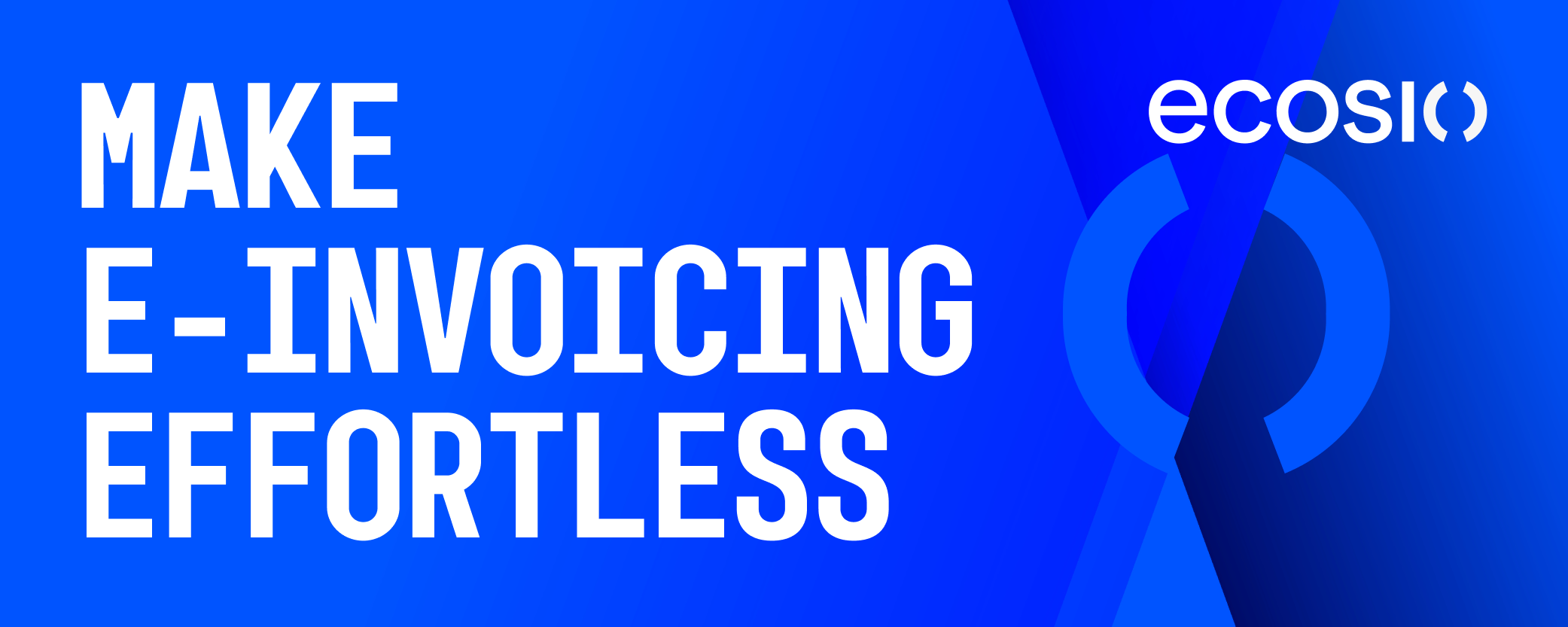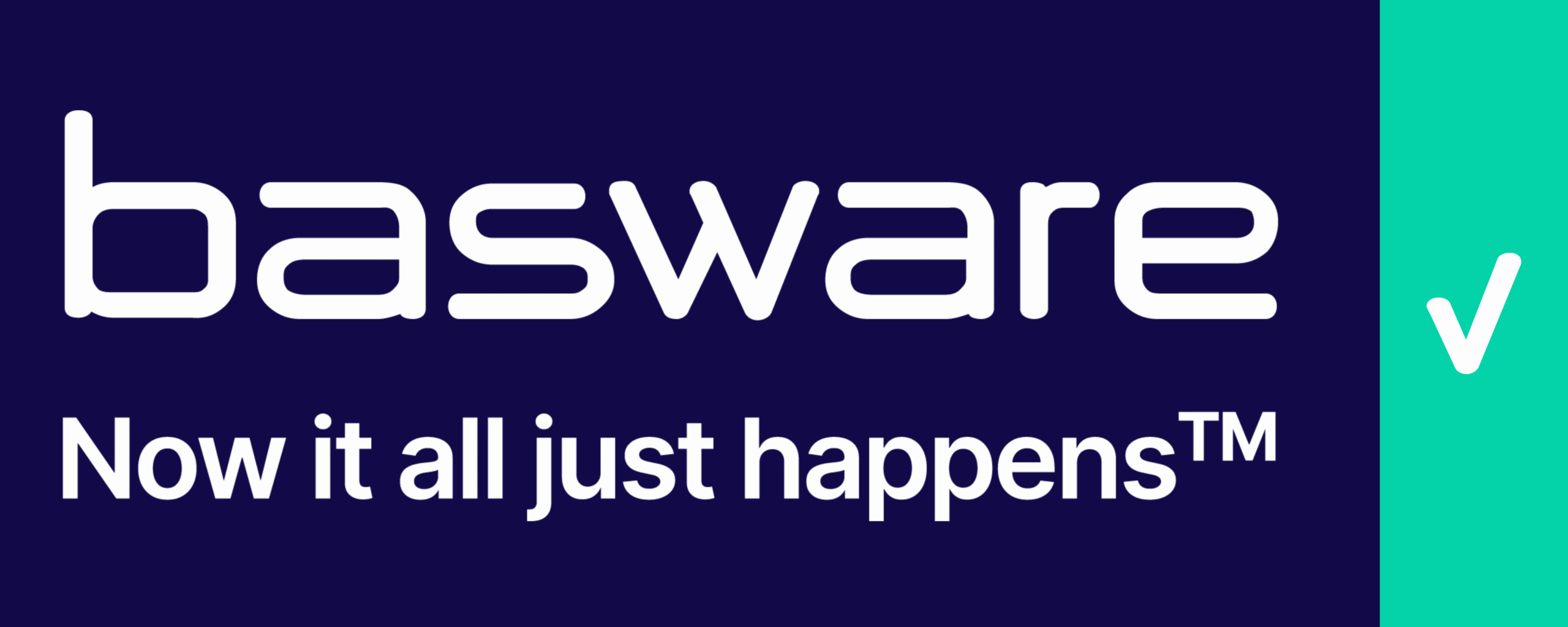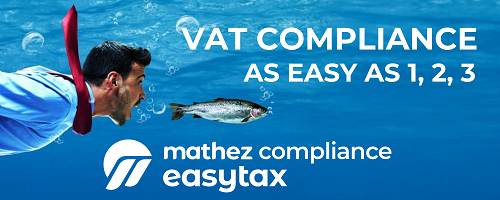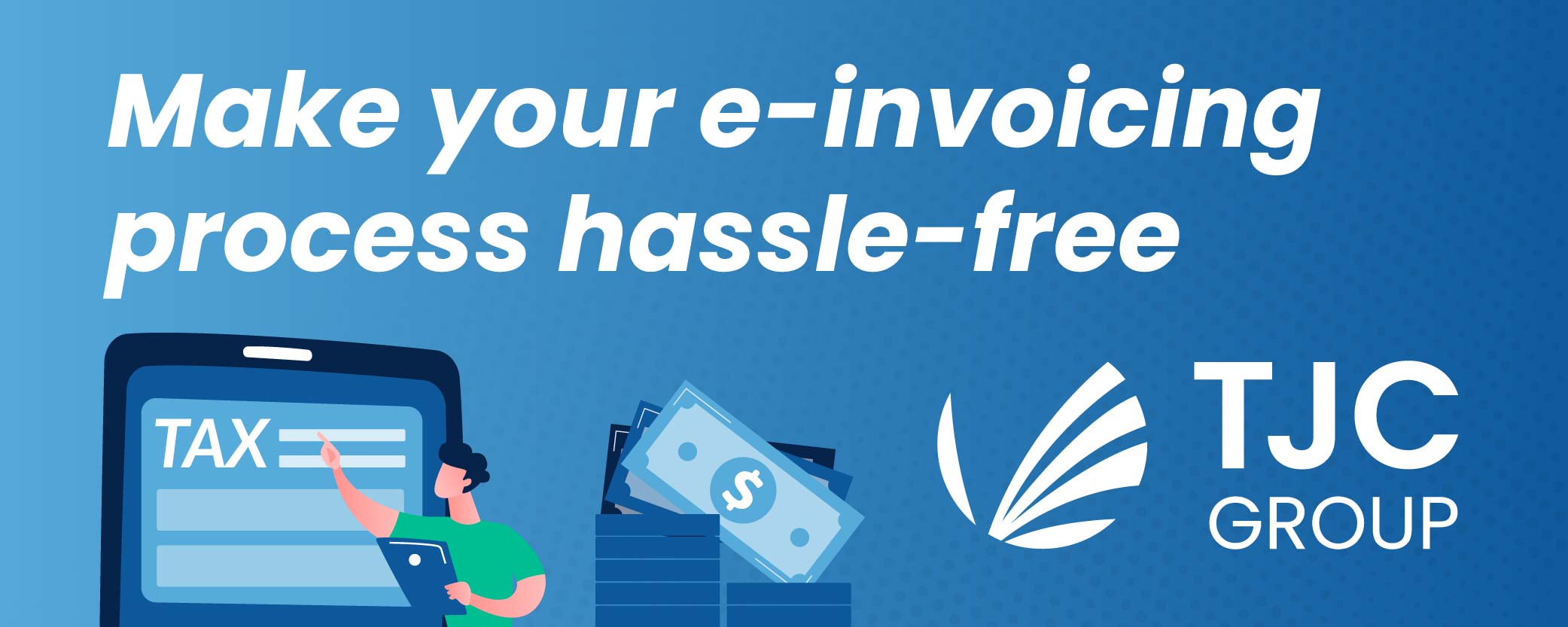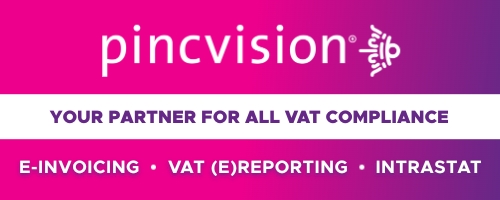- Skatteverket defines personnel leasing when the buyer has overall responsibility for the service provided to the end customer.
- The seller provides the service within the buyer’s organization.
- The buyer has overall responsibility when the seller follows the buyer’s instructions.
- The buyer can have overall responsibility even if the seller has some freedom in task execution.
- The service is provided within the buyer’s organization when the buyer leads and manages the work.
- Key factors for characterizing personnel leasing include:
- Buyer decides which end customers receive the service.
- Seller is not responsible to the end customer for tasks.
- Buyer determines the timing of the service.
- Buyer is responsible for service execution and results.
- Buyer manages work, methods, and task definitions.
- Seller offers service based on time, not results.
- Seller acts in the buyer’s name to the end customer.
- Service is provided in the buyer’s premises.
- Buyer provides essential materials for the service.
- Seller follows buyer’s routines and methods.
- Same conditions apply to leased personnel as to buyer’s own staff.
- Legal obligations or oversight of the seller do not affect the classification as personnel leasing.
Source: www4.skatteverket.se
Note that this post was (partially) written with the help of AI. It is always useful to review the original source material, and where needed to obtain (local) advice from a specialist.
Latest Posts in "Sweden"
- Reassessment Statement on Tax Base for Staff Meals in Restaurants No Longer Applies
- Clarification: Who Qualifies as a Transport Operator According to the Swedish Tax Agency
- Taxation of Criminal Activities: Income and VAT Implications for Individuals under Swedish Law
- Sweden Clarifies Input VAT Apportionment Rules for Mixed Activities in New Guidance
- Sweden Clarifies Input VAT Apportionment Rules for Mixed Activities in New Tax Agency Statement



